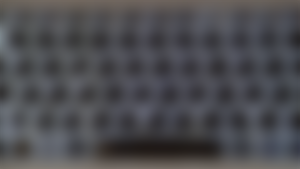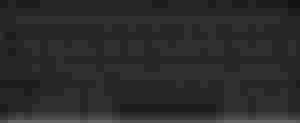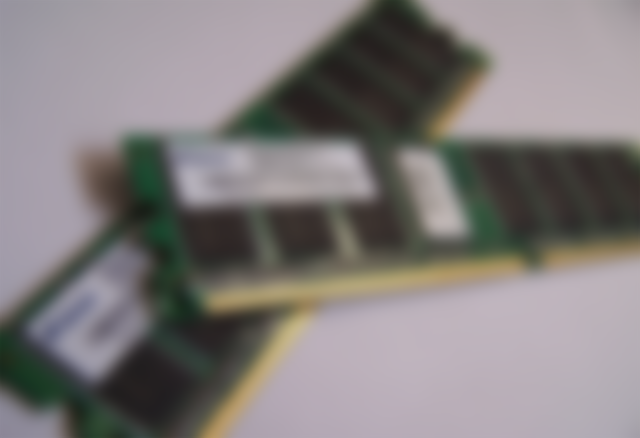For the previous articles, we talked about the basic technicalities of computers, and some related devices that pertain to them. For this post, let's talk about hardware, and some of the classifications that you might not know are labeled as "computer peripherals."
If software is regarded as the soul of the computer, hardware should be taken as the physical body – the tangible component that can directly interact with human users. Like any other electronic device, the computer is also comprised of elements wherein electrical current courses through.
But unlike many electrical machines that only harness electricity purely for power consumption, the computer manages to convert electrical signals into something more – signals that would ultimately become the various kinds of data that people use and consume every day.
Basically, hardware can be classified into two. In order to make us easily grasp the idea into all things hardware, let’s call the two branches of parent devices and child devices.
Parent devices are named as such because removing any of them would render the entire computer to be totally nonfunctional. If we are to view them as parts of our body, we might refer to them as those internal organs that we cannot absolutely live without.
They vary in shape and sizes, but none of them can be declared as more important than the other because the mere absence of any one of them would totally make the computer non-operational.
Child devices on the other hand can be removed, with the machine still functioning. They can be absent without affecting the basic functions or operations of the computer. As long as they are not detached altogether, the computer can still perform its most basic tasks. They can be held in great similarity to the external extremities that we have – our hands, legs, and other appendages. Properly known as peripherals, child devices can be classified into four: input, output, storage, and expansion.
PARENT DEVICES
Central Processing Unit (CPU)
It is the brain of the computer. Belonging to the microchip or integrated circuit class, it is small and square-shaped, built on a silicon wafer. How fast a CPU is in terms of processing greatly determines the computer’s overall performance. Currently, a typical personal computer can be at an ideal speed if it has a CPU power of 2 gigahertz or higher.

Manufacturing trends today suggest that multi-core processors perform much better than single-core ones which were the trend years ago.
RAM (Random Access memory) Module
Computers need to store data temporarily and it is the task of this elongated circuit board. It can be referred to as the extension of the CPU since it is where the processed tasks are stored. Like the CPU, the RAM’s capacity also determines the computer’s overall performance. Today, if a computer has 4 gigabytes of RAM module, it is more than ideal already to handle typical computing processes.

RAM modules of laptops are smaller in physical size compared to those that are for desktop PCs (above) But they are generally equal in capacity. They are built as such so they can fit easily in the smaller frames of portable computers.
Motherboard
Like its namesake, it is indeed a parent device. It is the largest among all the internal parts of the computer system, inside the system casing. It is named as such because it is where the totality of the parts are plugged altogether. No device can ever be connected to the system without plugging it into the motherboard.
Although the RAM and the CPU are mainly responsible for handling the processing, many motherboards today come equipped with built-in integrated circuits that can perform minor processing on their own without heavy reliance on the other two parent devices.

Equipped with a variety of ports and slots, today’s standard motherboards can accommodate almost all kinds of electronic devices that range from standard peripherals to typical home appliances.
Power Supply Box
Usually situated in the upper portion of the casing’s back panel, it is responsible for apportioning electrical current for the entire system. It is equipped with a variety of wires and connectors for all the internal components including the motherboard itself. Such components require different voltage levels that is why they are assigned with different ports for each wire tip that extends from the box.

Each set of wires are made with a special plug that can only fit into a specific computer part. By simply looking at the shape of each connector, a technician can never go wrong.
CHILD DEVICES
Input Devices
Peripherals belonging to this group are anything that can be used to feed data into the computer’s memory. The avenue of input devices is so wide that it is almost impossible to come up with a truly complete list. However, the following are the most common among them.
Keyboard
It is undoubtedly, the most important input device. Designed after the typewriter, it is basically the main tool so words can be encoded and so that the computer can process them. The most common layout is known as the QWERTY, as what is visible on the first row on the left of a standard keyboard.

Even after many decades, the standard keyboard never changed in layout style though it may have changed in color and thickness. Even in this era where countless technologies changed a lot of devices, the QWERTY is still the most preferred one.

Other known variants include the AZERTY, which is only slightly different than the QWERTY.
The Dvorak keyboard is the most popular among the simplified keyboard types. Most of the record holders of the world’s fastest typists claim to practice their skills using it.

The Dvorak keyboard is the most popular among the simplified keyboard types. Most of the record holders of the world’s fastest typists claim to practice their skills using it.
There are countless other keyboard designs and layouts out there as well. Some are designed for gaming, some are designed for greater comfort. Some are even just beautified just for the sake of having an attractive on the computer table.
Mouse
Next in importance to the keyboard is the mouse, which can be called the most important pointing device. Built to control the computer graphically, it can be operated in the same manner as pointing your finger at something so you can precisely give orders and commands for the computer to obey.
Most mice in the past were designed with only two buttons. Recent innovations paved the way for multi-buttoned mice for gaming and graphics editing.

This is the very first mouse, as invented by Douglas Englebart. It has a wooden casing and has only a single button. It is just a simple-looking device, yet it is declared as one of the greatest inventions in the history of computing.
Through the decades, the mouse has already underwent through many transformations. Now that wireless technology is becoming very common, some mice are shaped differently too, adapting the need for greater convenience and better aesthetics.
Be sure to check back in the next days to know more about the basics of the computer's framework.







